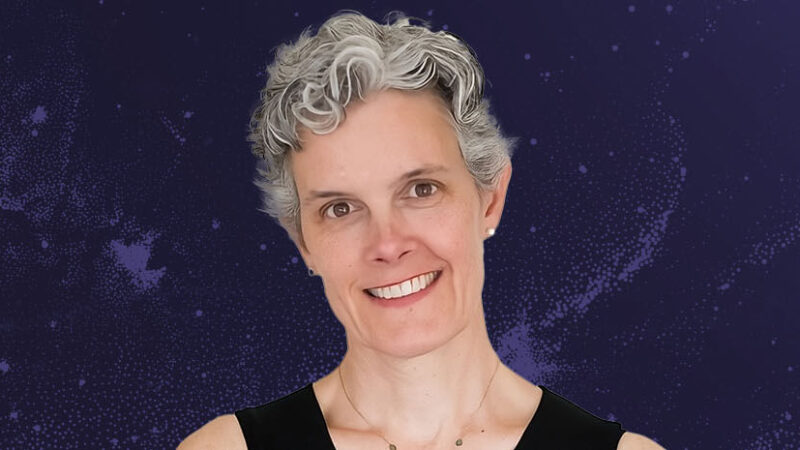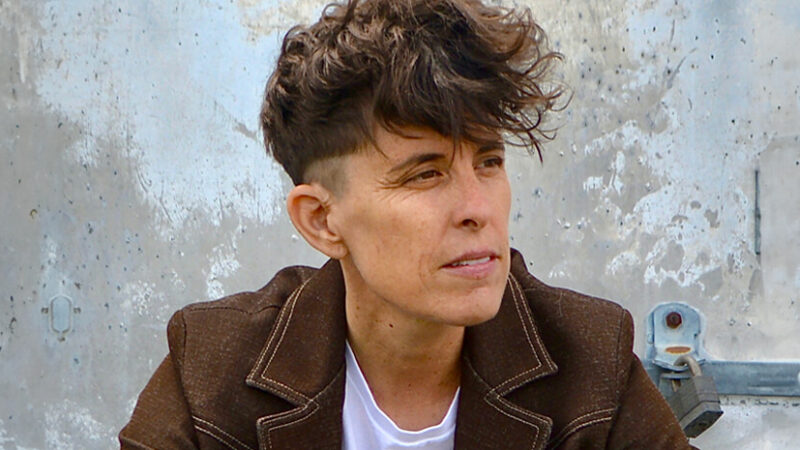Patrick O’Malley: Getting Grief Right
Patrick O’Malley is a grief counselor with more than 35 years of experience. He has written many well-regarded articles on grieving, including the namesake New York Times article that inspired his new Sounds True book Getting Grief Right: Finding Your Story of Love in the Sorrow of Loss. In this episode of Insights at the Edge, Tami Simon and Patrick discuss his unique approach to grief and how it diverts from the popularly accepted five-stage model created by Elizabeth Kübler-Ross. Patrick asserts that the Kübler-Ross model, while helpful as a foundation, can actually create an emotional cage for people as they struggle to find the acceptance and closure that they expect to end their grieving. Tami and Patrick also talk about the odd way in which the concept “closure” became entwined with grief therapy and why sharing our stories of loss can be the most important step in the process. Finally, Patrick shares his own story of loss and explains that the simple act of being compassionately heard can be the most important step toward healing. (60 minutes)




